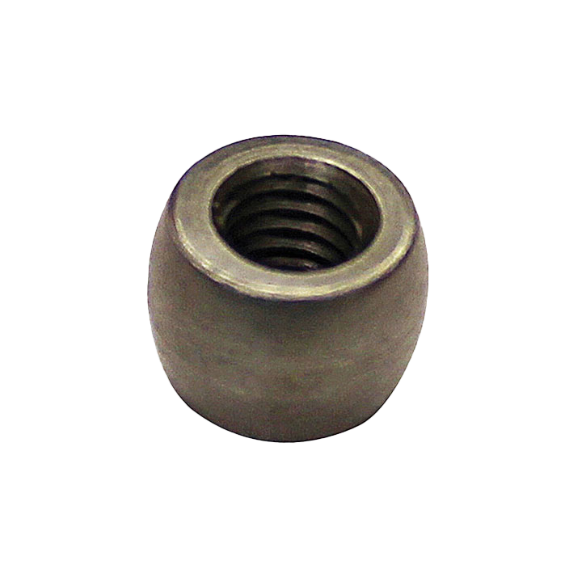I broke in my Precision Firearms 6.5 Grendel barrel with factory Hornady ammo. I set up my full length resizing die to bump the shoulders back .003 when I resized all of the Hornady brass.
I just got my order of 300 pieces of Starline brass in the mail and am getting ready to load them. Should I run them all through my full length sizing die with the setting as is, or should I set it up in another way?
I just got my order of 300 pieces of Starline brass in the mail and am getting ready to load them. Should I run them all through my full length sizing die with the setting as is, or should I set it up in another way?


